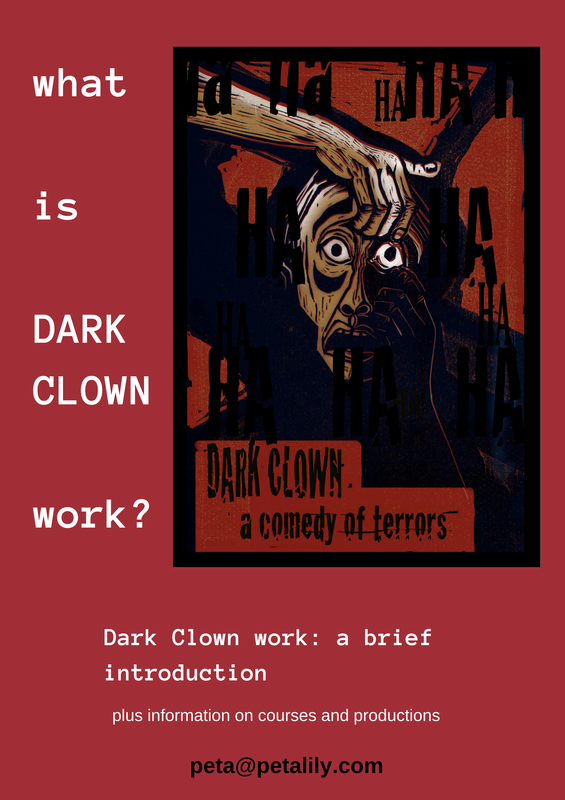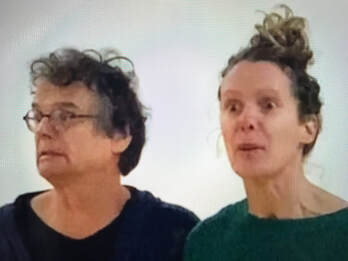 image from the footage taken on a mobile phone on the Level 2 Dark Clown course in Utrecht 2023
image from the footage taken on a mobile phone on the Level 2 Dark Clown course in Utrecht 2023 Each morning, he recounted, his captors made him and his fellow captor come up on deck and beg for their lives.
I was struck by the next sentence. The man said: 'If we did not beg well, they would get angry.'
Clowning depicts humanity's struggles, momentary triumphs, emotions and failures.
Dark Clown takes a look at humanity in extremis. Difficult situations and Impossible Choices.
The energy and motifs of the Dark Side Play are released by the players investing in an Impossible Situation.
'Red Nose Clown should ask themselves lots of questions' (Philippe Gaulier London Clown course 1984). Gaulier also said 'We like to see the clown think.'
Ditto Dark Clown. We want to see the evaluation in each moment register in the eyes of the Dark Clown player, the micro expressions of stress and mental / adrenal processes.
The players need to ask themselves: 'How does one beg well?' Even if you ARE in fear of your life, you are being given the extra stress of negotiating the order to 'beg well'. What does that mean? Dramatically? Authentically? Even if one begged convincingly, it is unlikely that the captors are interested in being touched or persuaded. It's also humiliating, being ordered to beg. There's a conflict between the compliance with the order and the instinct to preserve dignity. Also the Hypervigilance of the Dark Clown comes into play - your companion - are they begging well? Are they too low key, are they too histrionic, might they be about to lose their sanity?
I always like to add a minor irritation to this - are is your companion annoying you? are they copying your timbre? I usually give a back story incident in the interest of this, saying: 'You were on a learn-to-crew-a-boat holiday and on the first evening, one of you ate the gluten free meal by mistake. This is not to be played overtly, but to add texture and dimension to the pressure on the players, and to give more incentive to look at the other (the rhythm of frequent, syncopated head turns helps generate comic energy), and adds freight to the quality of the shared glances.
Impossible Situations, Pointless Tasks, High Stakes Predicaments and Impossible Choices release the Dark Side Play which is built on the foundation of the play and comedy craft worked on during the Clown & Dark Clown course (Dark Clown is taught the first instance on this course).
There is a new video on Peta Lily Company's YouTube channel.
I led a Level 2 Dark Clown course in Utrecht* in February 2023. Here we see two talented and valiant players working the Somali Pirates or Hostage scenario.
This exercise was filmed during the class on a mobile phone and the footage gives a great example of the many principles and pieces of comedy craft involved in the playing of Dark Clown.
We (in the audience) are allowed to see, to witness the distress and, through the power of comedy craft, laugh in the presence of this portrayal. We are allowed to experience mixed feelings, in the crafted space devoted to this: theatre.
If this is your first reading on Dark Clown, you would do well to check out a few of the other posts on Dark Clown (click on Dark Clown in the Categories to the right - maybe go here to start with). You can also check out the aims and ethos of the work in the FAQ's.
Aspects of Dark Clown might remind some people of Bouffon or maybe cringe comedy - most who try the course report it's different to anything else they have tried.
Investigate it for yourself! Have a look here for upcoming courses!
* Comedy = Tragedy plus time!
* check out Kirsten Lüpke's Clown Spirit Schooll
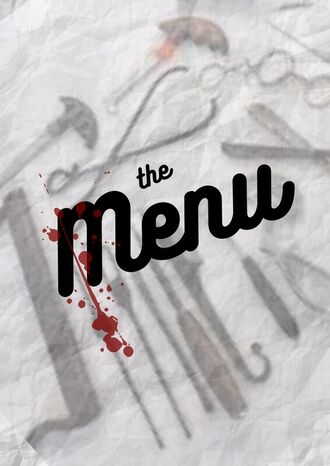
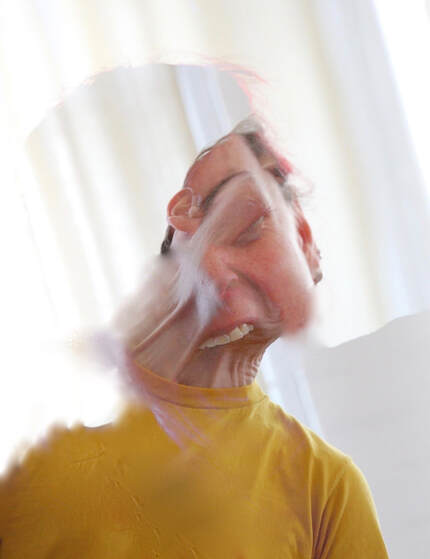
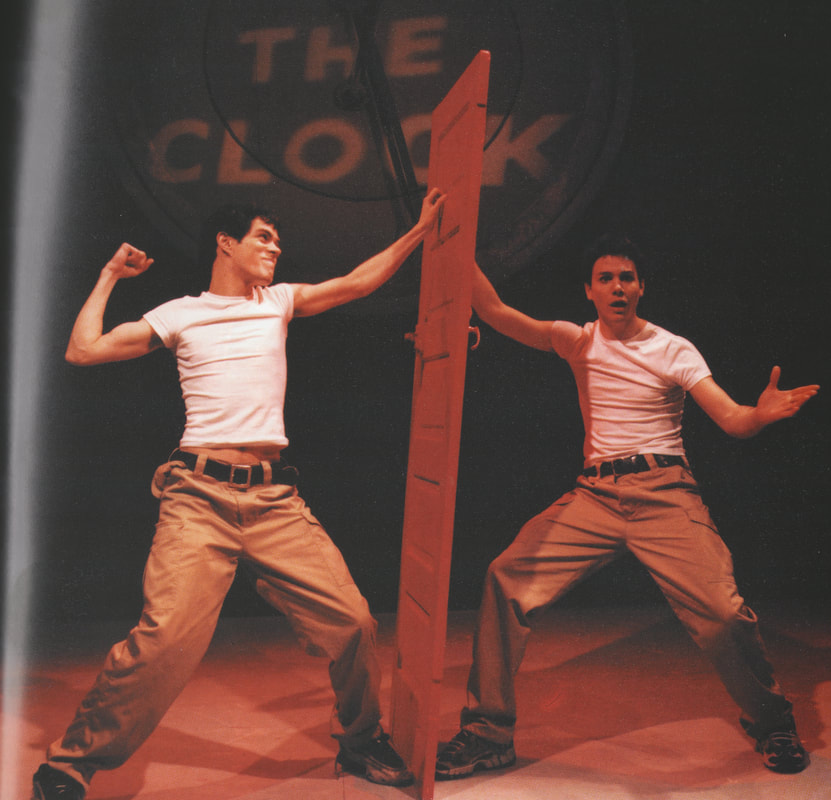
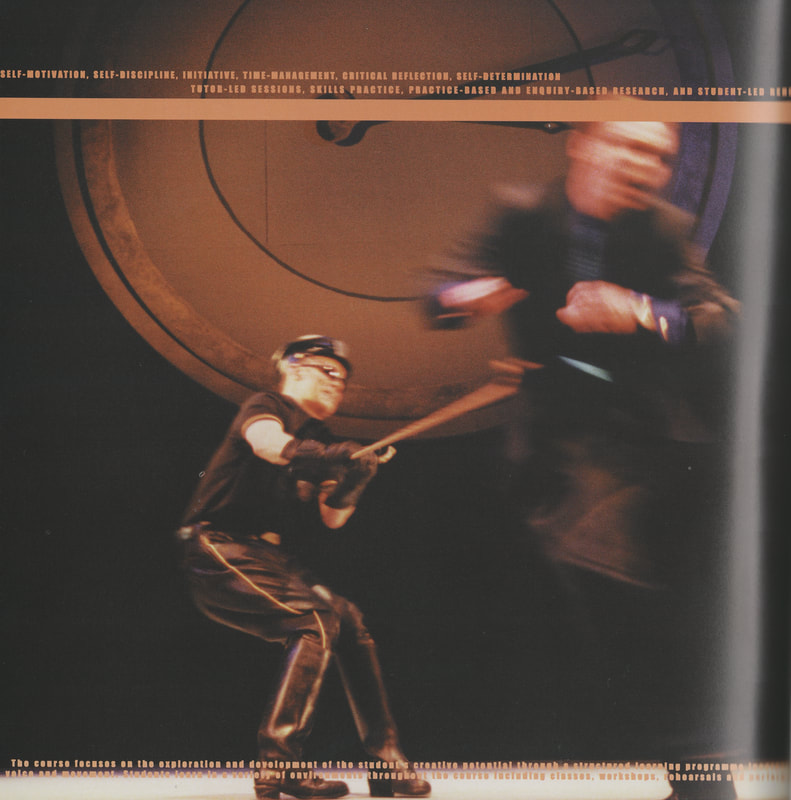
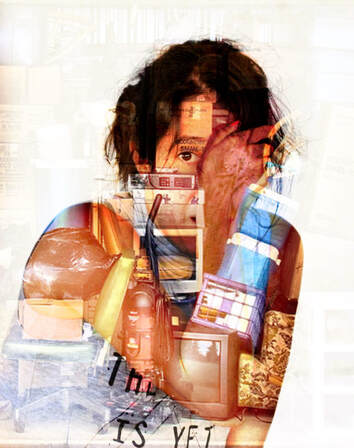
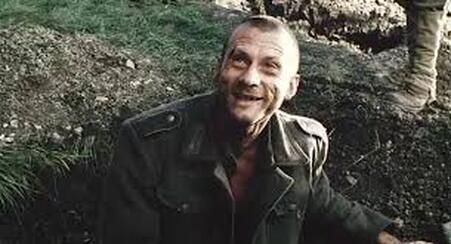
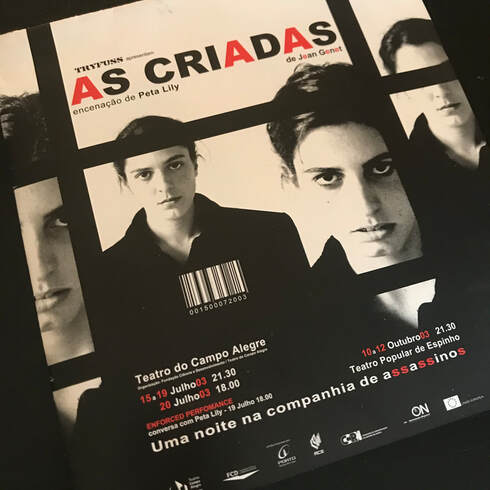
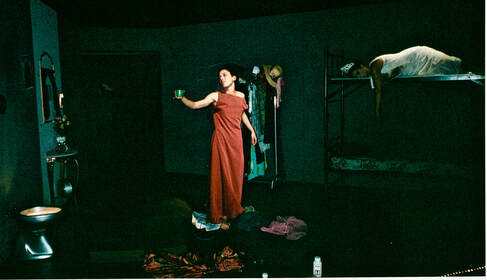
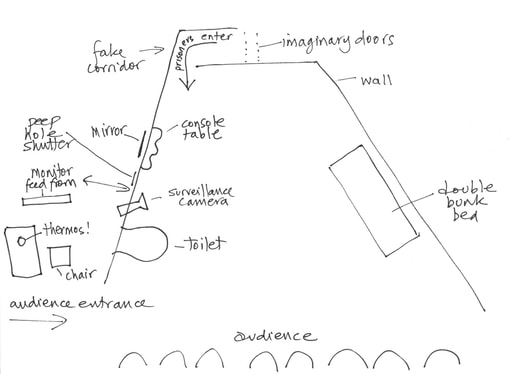
 RSS Feed
RSS Feed
